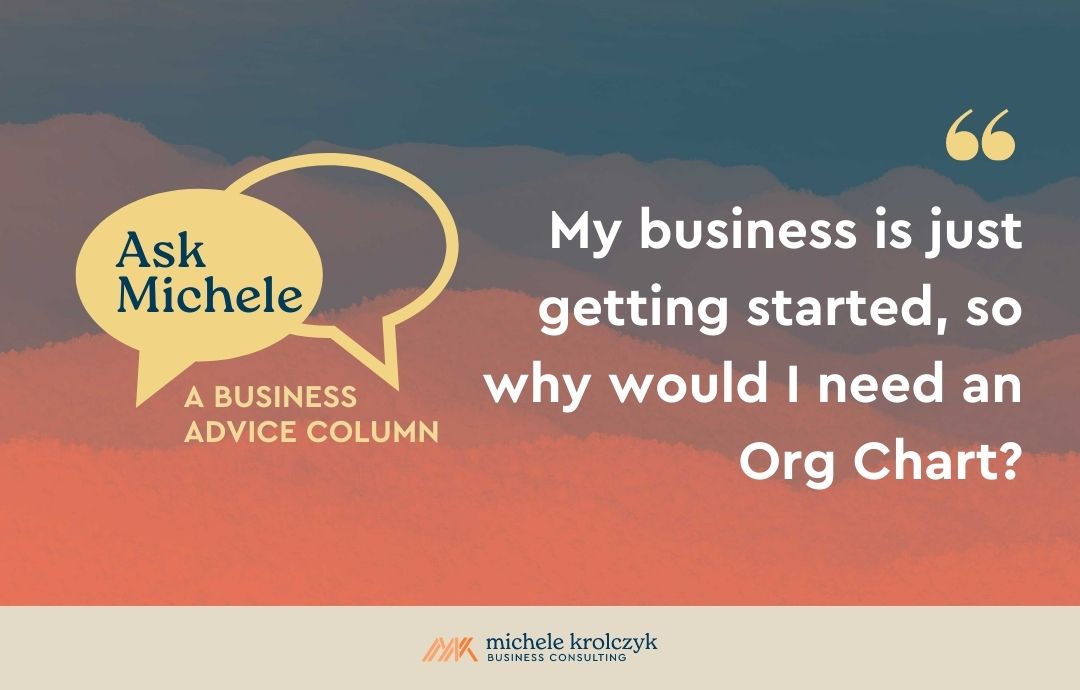“What should we be measuring on a scorecard?”
This question is from a member of a leadership team who says they’ve put together many iterations of a scorecard, only to continue feeling frustrated by it.
What they’re referring to is that handful of numbers that help you see how your business is performing and if it’s on track to reach its goals. Some people call it a scorecard, a business scoreboard, a dashboard, Key Performance Indicators (KPIs), etc. The name you give it matters less than what it tells you.
When I first introduce this important tool to a team, I can often hear the eye rolls, either because they don’t like what they’ve been measuring (but do it anyway) or they aren’t really measuring anything because it’s too hard, it’s too time-consuming, they can’t agree on what to measure…the list goes on.
Measuring the Past vs. Predicting Outcomes
In my experience, people feel frustrated because what they’re measuring isn’t predictive in nature. Most scorecards are full of lagging indicators…stuff that’s already happened, like revenue or margin.
Knowing what you sold last week, last month or last quarter is useful and good to know, but there’s nothing you can do about it once it’s happened.
A good business scorecard helps spot trends (good or bad) that allow you to predict an outcome before it happens so that you can change course as needed. It’s called reverse engineering.
How to Determine What to Measure with Your Business Scorecard
Start with the desired outcome and then ask yourself, “What are all the things that need to happen to get to that outcome?” Those are the things to measure!
Because if those things get off track, then you can reasonably predict that you will not get to the desired outcome.
Even better, once you’re aware that the preceding steps are off track, you have the opportunity to change course.
Putting Measurement Into Practice
Here’s an example. If your revenue is off track (lagging indicator), ask yourself about what things lead to revenue generation.
If the number of opportunities at the top of the sales funnel is shrinking, I shouldn’t be surprised if the revenue goal isn’t reached.
But if I’m watching the “opportunities” number, or the activities that lead to that number (!!), then I’m in a position to ask the right questions or do something different.
I hope it doesn’t seem like I’m stating the obvious, but I get a lot of push back from teams on this front: We don’t know how to get to “that” number (whatever it is). We can’t measure it on a weekly basis (which is the ideal). We will need to hold people accountable (yup!).
5 Rules of Thumb for Creating a Stellar Scorecard
- Ideally, metrics should be measured and monitored on a weekly basis.
- Format it as a 13-week rolling scorecard with numbers tied to a quarterly goal.
- Keep it simple. Identify 5-7 measurables (please!).
- Just start. You’ll know soon enough if what you’re measuring is useful or not. If it’s not, stop measuring it!
- Keep it high level for the leadership team, and more granular at the next level.
What Are You Waiting For?
It can take time to fall in love with your scorecard, but so very worth the time and energy.
More questions? Just ask.













This Post Has 0 Comments